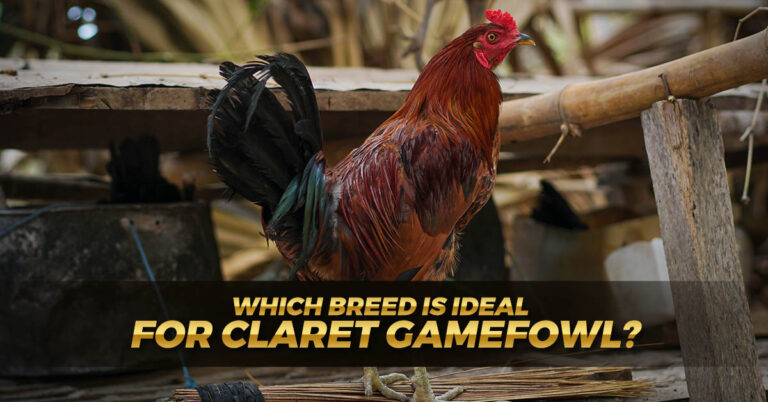15 Facts About Cockfighting
One of the earliest forms of competitive athletics ever seen globally was cockfighting. Even though it has a long history, very few people are familiar with its numerous facets. The majority of individuals have a rudimentary understanding. If you are new to cockfighting, the following is a list of information you might need to be made aware of.

History of Cockfighting in the Philippines
The origins of sabong in the country can be traced back to the pre-colonial era when it was a popular pastime among the indigenous people.

The ancient Filipinos believed that cockfighting was a way to honor their gods and ancestors, and it was often used as a form of entertainment during festivals and other celebrations. The gamefowl used in these fights were specially bred and trained for the purpose and were considered a valuable and prestigious commodity.
Cockfighting became deeply ingrained in Philippine culture during this time, and the sport continued to flourish even after the country gained its independence. Today, cockfighting is a national pastime deeply ingrained in Filipino history and tradition.
The Popularity of Cockfighting in the Philippines
Cockfighting, also known as sabong, is a widespread and deeply ingrained part of Philippine culture. It is estimated that around 2.5 million people in the Philippines are involved in cockfighting in some capacity, whether as spectators, breeders, or bettors.

Cockfighting is legal in the Philippines, although it is regulated by government agencies such as the Philippine Gamefowl Commission (PGC). The PGC oversees the breeding, sale, and fighting of gamefowl, the licensing of cockpits, and the conduct of cockfights.
Cockfighting in the Philippines is often associated with social gatherings and community events. Cockpits, where the fights are held, are usually located in rural areas and can be found in almost every town and city across the country. Spectators can place bets on the outcome of the fights, with some high-stakes matches involving thousands of dollars.
Top 15 Facts About Cockfighting
See this list of sabong facts and learn more about this sport:

Conclusion
After discussing the different topics related to cockfighting in the Philippines, it is clear that this sport is deeply rooted in the country’s culture and history. Despite the controversy, the legality and regulation of cockfighting in the country ensure its safe and responsible practice. It is also essential to understand the different sabong facts listed above to appreciate its cultural and economic significance.
Start betting on sabong matches with us and enjoy this game more guiltless due to how popular this is worldwide.










